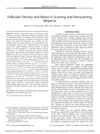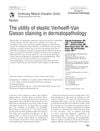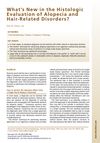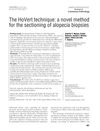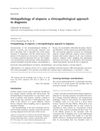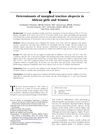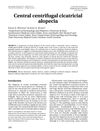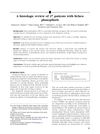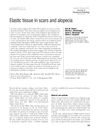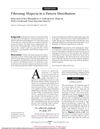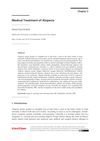Elastin Staining Patterns in Primary Cicatricial Alopecia
November 2013
in “
Journal of The American Academy of Dermatology
”
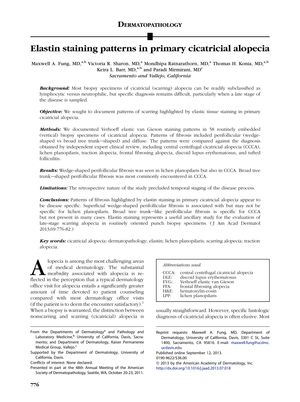
TLDR Elastin staining helps assess late-stage scarring alopecia but is not definitive, and clinical diagnosis is still crucial.
The study, conducted from 2003 to 2010, analyzed 58 scalp biopsy specimens from patients with primary cicatricial alopecia using Verhoeff elastic van Gieson staining to identify scarring patterns. It found that wedge-shaped perifollicular fibrosis was common in both central centrifugal cicatricial alopecia (CCCA) and lichen planopilaris (LPP), while broad tree trunk-shaped fibrosis was more specific to CCCA. However, these patterns were not absolutely specific or sensitive, with some overlap and indeterminate cases. Elastin staining was deemed a useful but limited tool for evaluating late-stage scarring alopecia due to the retrospective study design and challenges in disease staging and biopsy site confirmation. The study concluded that while elastin staining is cost-effective and efficient for assessing late-stage scarring alopecia, clinical diagnostic criteria remain essential, particularly for conditions like traction alopecia, and acknowledged the need for further research to confirm the specificity of these patterns.
